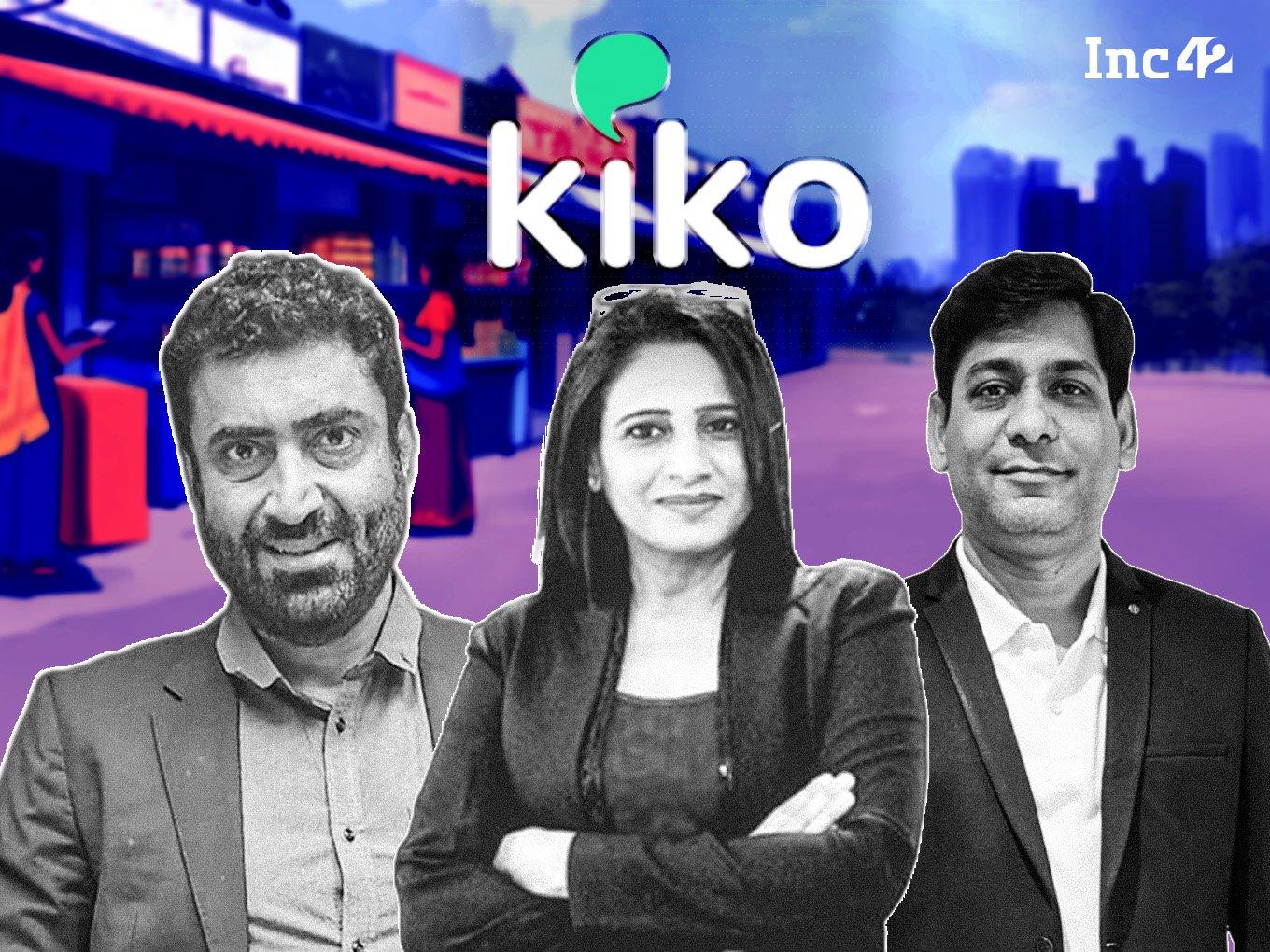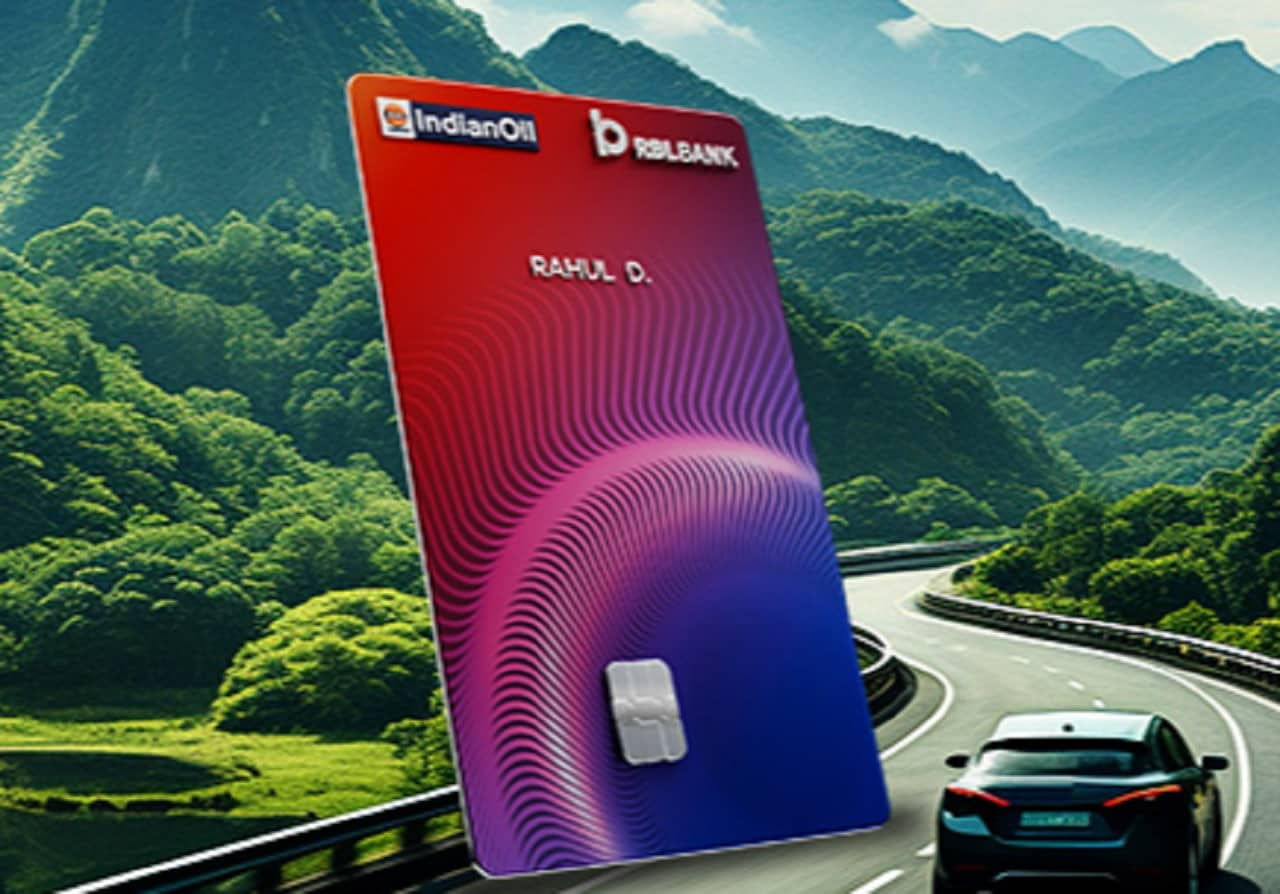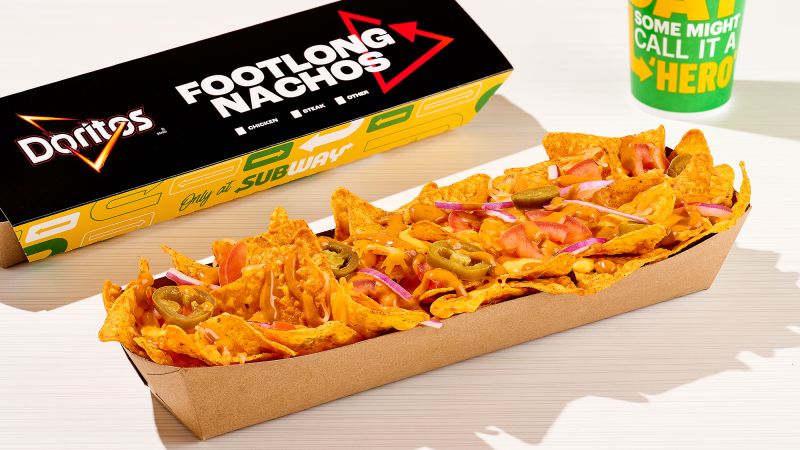
Dark store-led quick commerce sees brisk business, but losses keep mounting on steep surge in costs due to faster delivery strategy Kiko Live onboards small retailers on ONDC platform to take on quick commerce giants as they fail to keep promises and struggle to remain sustainable The Kiko Live app’s unique approach of two-way operation for both buyers and sellers gives it the edge over its peers Are dark stores getting darker for quick commerce? As Indian quick commerce platforms tried to gather speed – from fast to ultra-fast delivery – the topline for the Q-Com Big Three became loftier, soaring past $1 Bn in FY24 , but the bottomline for Blinkit, Zepto, and Swiggy Instamart slumped with cracks showing up in their business models . Costs are scorching their coffers and deliveries turning slower as they promise to outpace reality. Blinkit’s adjusted EBITDA loss widened 15.
7% in the third quarter of FY25 from INR 89 Cr a year back, battering down parent Zomato’s net profit 57.2% to INR 59 Cr. Swiggy, on its books, saw consolidated net loss deepen 39.

1% to INR 799 Cr with INR 527.68 Cr attributed to its quick commerce arm Instamart. While Zepto is yet to disclose its financials, CEO Aadit Palicha recently stated on social media that the industry burns around INR 5,000 Cr quarterly , with more than half of this attributed to Zepto alone.
As quick commerce slowed down, global brokerage firm BofA Securities downgraded ratings for Zomato and Swiggy, citing concerns over growth and mounting losses. Time for the quick commerce giants to review their dark store blueprint? Or, time for small retailers, who had to bear the brunt of the rapid strides of deep-pocket quick commerce platforms, to take it to the chin and take another shot to revive and regain? Mumbai-based husband-wife duo Alok and Neeta Chawla saw rays of hope in the changing dynamics of quick commerce dark stores. They were joined by friend Virendra Kumar Chauhan.
Their shared vision was simple – help small neighbourhood retailers to reclaim their loyal customer base. They set up Kiko Live in July 2020 to digitise and empower small businesses like kiranas, pharmacies, stationeries, and even paan-wallahs . It helps them set up online storefronts in barely 24 hours and takes them on a digital journey , enhancing their visibility and, in turn, their revenues.
As a seller network partner on ONDC, Kiko Live connects retailers to buyer apps like Paytm, PhonePe, and MyStore, boosting their online presence. It also provides automated WhatsApp ordering and integrates D2C brands and B2B distributors with local retailers for faster deliveries. “For a typical neighbourhood retailer, 10-15% of the business comes from home deliveries, through WhatsApp or phone calls.
This is the segment that the dark store-driven quick commerce has dented most,” said Alok Chawla, a seasoned entrepreneur who believes that the dark store model of quick commerce is unsustainable. In his over 16 years of experience in the sphere of payments, ecommerce, and retail, Alok had cofounded ZiPCASH, a prepaid wallet company later acquired by Ola and renamed Ola Money, in 2006. Three years later, he had founded TRISTAR International Trading Operations, which focussed on foreign trade and retail distribution.
In 2012, he launched Gizmobaba, an electronics brand that pioneered influencer-led marketing, collaborating with over 700 TikTok influencers. The business was highly profitable until it was impacted by the ban on TikTok and COVID-19 lockdowns, he said. Locked at home, Alok saw the plight of neighbourhood retailers, and was back to the drawing board in search of a solution to their struggle for survival.
“While digital ordering for food via Zomato and Swiggy was available, grocery retail remained largely offline. Small retailers were struggling with store closures and a lack of digital presence, causing them to lose business,” he said. The thoughts struck the chord with wife Neeta and friend Virendra.
Months of brainstorming followed. “What if we could digitise these small businesses and bring them online? This idea laid the foundation for Kiko. We registered the brand in 2020 but became operational in 2021 after securing seed funding.
” The startup has raised $4.08 Mn so far from investors such as venture catalysts, 9 Unicorns, Powerhouse Ventures, and SOSV. Quick commerce platforms set up their dark stores as retail outlets optimised for addressing online orders and ensuring quick delivery.
These are typically out of bounds for walk-in customers and play a critical component in the business model in the business of quick commerce. These micro-warehouses or fulfillment centres, as they are called, are designed exclusively for online order picking, packing, and dispatching. The Kiko founders found the distance edge in favour of the neighbourhood retailers.
“Despite the 10-minute delivery promise, the actual time taken (by quick commerce platforms) is often 20-25 minutes, and the cost is high. Several platforms have introduced delivery charges, ranging from INR 10 to INR 60, depending on factors like distance and order value. The moment they start charging INR 75 per delivery, 90% of customers will opt for a slower but more affordable alternative,” Alok said.
The founders integrated the hyperlocal delivery options into Kiko’s seller panel. These logistics are powered by ONDC, allowing the seller to request a delivery rider with a single click once the order is packed. The seller can also choose the self-delivery option.
Most sellers opt for self-delivery for very short-distance orders, typically under 1 km, while network logistics handle deliveries farther away. Quick commerce platforms that gained immense success during the lockdown days made it harder for the less organised and digitally backward small retailers to sustain. Consumers increasingly preferred structured catalogues with instant checkouts, while the struggling retailers needed better discoverability beyond their existing customer base.
Kiko was born at this juncture. To address this shift, the startup transitioned from a live ordering model to a catalogue-driven system and integrated with ONDC, which has revolutionised the digital payments space . This enabled retailers to list their products digitally, reach a wider audience, and scale their business across multiple platforms.
“Kiko drives traffic directly to retailers, rather than expecting them to promote individual websites,” Alok said. Instead of relying on traditional product catalogues – be it printed or verbal – Kiko Live allows its users to place orders through in-app calls with retailers, largely simulating the familiar experience of shopping in a physical store. Kiko brought in artificial intelligence (AI) to detect product names mentioned in those conversations, create a cart, and generate a payment link.
Retailers could also display products on video, helping customers make informed choices without physically visiting the store. The buyer-seller app operates on a retailer-held inventory model, ensuring that small businesses retain control over their stock. It helps retailers maintain their online inventory by linking it to their physical inventory if they have a PoS (point of sales) system.
Sellers without a PoS can easily update inventory using a simple Excel upload, which can be done once or twice a day. Additionally, the sellers can also use an out-of-stock toggle to manage availability. A host of players in the segment are now attempting to follow a similar strategy.
KiranaPro, for instance, is one such platform empowering local kirana stores with AI-driven quick commerce. While both Kiko Live and KiranaPro leverage ONDC to enable quick commerce for local retailers, they differ significantly in their approach and execution. The Kiko Live app operates with two ends – one for the buyer and another for the seller – and directly enables retailers to list their inventory, manage sales, and fulfill orders.
It provides sellers with an integrated inventory system, marketing tools, and operational support, ensuring a seamless transition to online selling. Kiko Live allows buyers to search for products by store, browse seller catalogues, and even paste entire grocery lists for quick cart building. KiranaPro, on the other hand, focusses on connecting consumers with neighborhood businesses through a voice-based AI model .
Customers can place orders by speaking into the app, and the AI processes the request to create the shopping cart. The KiranaPro app does not have its own seller network, instead, it routes customer orders to sellers from other ONDC-integrated platforms like Kiko Live. Its standout feature is its voice-based AI model, which requires users to dictate their shopping lists, instead of manually browsing or selecting products.
Kiko has so far processed over 6.5 Lakh transactions and enjoys a 5 Lakh+ user base, claimed the founder. In contrast, KiranaPro is still in its early stages, refining its product and testing within a smaller user group, as reflected in its 5,000 app downloads so far.
Apart from competition from newer players, Kiko’s biggest challenge is maintaining operational efficiency at the store level. “For 30-minute deliveries, each store onboarding the Kiko platform requires 4-7 days of intensive training to streamline operations. The retailer must pick, pack, and have orders ready within 5 minutes, as riders typically arrive within 7-8 minutes.
Some stores struggle to maintain these processes once the team exits, leading to deactivation. High-volume stores have adapted by hiring dedicated staff and setting up pickup counters, similar to restaurant delivery setups,” Alok said. For this, the brand looks to invest heavily in training retailers for 30-minute delivery efficiency to ensure smooth execution.
Another challenge for the brand has been building credibility among retailers as many of them shied away from digital platforms because of scams that rarely ceased to surface and promises that were hardly met. According to the founder, ONDC has significantly solved this problem. “Before ONDC, we were handling around 200-300 orders a day, now we are doing 3,000+.
We aim to reach 10,000+ in the next two to three months.” Unlike the dark store model that requires heavy upfront investment – to the tune of INR 200 Cr for multiple stores and inventory – ONDC-enabled retail partnerships provide a cost-efficient, scalable solution. Joining ONDC has also helped Kiko Live boost its revenue from INR 3-4 Lakh a month to INR 10 Lakh.
The brand’s monthly gross merchandise value (GMV) stands at INR 1.5 Cr and it aims to reach INR 5 Cr in the next six months, according to Alok. Riding on the success, Kiko plans to widen its key markets, with the blueprint for three major cities drawn up.
It is also looking to enter Tier 2 and Tier 3 cities. Kiko Live may not yet match the scale of quick commerce giants in terms of revenue, but investor interest in this segment remains strong, signalling a positive market outlook for the brand. Sri Peddu, general partner at Powerhouse Ventures and an investor in Kiko, sees immense potential in these seller apps.
Dark stores and retailer-led quick commerce will coexist, he said. “There is a huge opportunity in the digital enablement of retail sellers, with the government-run ONDC network serving as a key catalyst in this evolution.” [Edited By Kumar Chatterjee].








_8.jpg?itok=wp-xhXRB)





